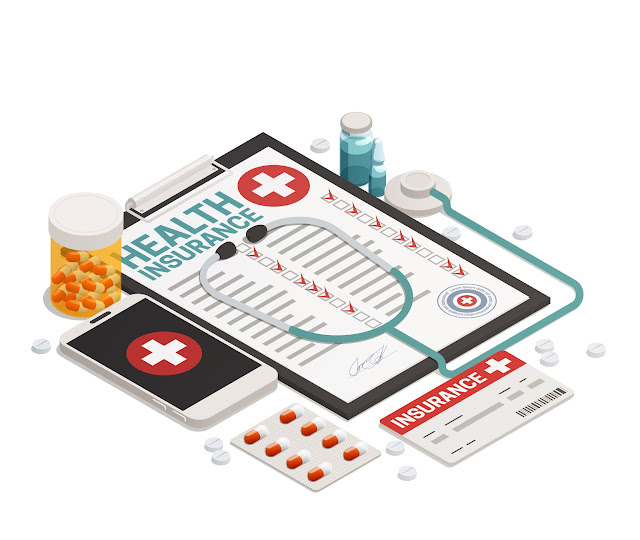What is Debt Management & Types of Debt Management
Debt management is a way to get your debt under control through financial planning and budgeting. The goal of a debt management plan is to use these strategies to help you lower your current debt and move toward eliminating it.
You can create a debt management plan for yourself or go through credit counseling to help you with your plan. Both ways have advantages and disadvantages. Setting up a plan yourself is the simplest way forward, but sometimes it can be helpful to have an outside partner providing help or accountability.
Types of Debt
Secured Debt
Put yourself in the lender's position to better comprehend
secured debt. A lender needs to decide whether to provide money to someone
every time they request a loan. Creditors can lower their risk by using secured
debt. This is true because secured debt—also known as collateralized debt—is
backed by an asset. In other words, the loan is "secured" by the
collateral.
Cash or real estate can be used as collateral. And if
debtors don't make their payments on time, it can be taken. Remember that there
may be further repercussions if a secured debt is not paid back. Missed
payments, for instance, might be reported to credit bureaus. Additionally, a
debt that is not paid could later be collected.
For instance, before using a secured credit card for
purchase, cash must be deposited in the card account. This is like the security
deposit you would pay to rent an apartment. Auto loans and mortgages are
examples of secured debt. With those, the purchased item — like the house or
the car — usually serves as collateral.
But there is a silver lining to collateral: Less risk for the lender could mean better terms and rates for the borrower. Additionally, certain lenders might be laxer when it comes to required credit scores.
Unsecured Debt
When a debt is unsecured, no collateral is required.
Consider personal loans, regular credit cards, and student loans. Although
there are some exceptions when it comes to particular forms of student loans,
your credit will likely play a larger role in determining whether you qualify
for unsecured debt without collateral.
Lenders use credit reports to check your credit. Most debts
are like that. However, financing standards could vary. Creditors typically
take factors like your payment history and outstanding debt into account. These
elements are also used to determine credit ratings, which is another instrument
lenders may employ.
In general, your possibilities improve as your credit score
rises. A higher score can make you eligible for reduced interest rates or
bigger credit limits on an unsecured credit card, for instance. Some credit
cards could provide benefits like points, miles, or cash back. A higher score
does not ensure that you will be approved for unsecured credit cards or other
loans, so keep that in mind.
Furthermore, simply because a loan is "unsecured," missing payments aren't necessarily acceptable. Falling late may still have an impact on your credit and ultimately result in collections or legal action.
Revolving Debt
Revolving debt may already be familiar to you if you have an
unsecured or secured credit card. As long as the account is in good standing,
you can charge money and keep paying off your debt on a revolving credit
account because it is open-ended. Revolving credit includes personal lines of
credit and home equity lines of credit.
Your lender will establish a credit limit, which is the most you are permitted to charge to the account, if you are approved for a revolving credit line. Consequently, depending on how much you use it each month, your available credit changes. Additionally, minimum payment amounts may vary each month. Additionally, interest is added to any balance that is carried over to the following billing cycle.
Installment Debt
There are many ways in which instalment debt is different
from revolving debt. It is closed-ended, as opposed to revolving credit. That
indicates that it is paid back over a set amount of time. Additionally,
payments are sometimes done in equal monthly increments, hence the name.
Payments might be needed more regularly, depending on the loan agreement.
Loans for instalments may be obtained. Mortgages and auto
loans fall under this category. Unsecured instalment loans are another option.
With regard to student debt, this is true. Another sort of instalment loan is a
buy-now-pay-later loan, or BNPL for short.
When you pay off instalment debt, you pay both the principal and interest at the same time. Frequently, when the debt is repaid, less of each payment is devoted to interest. The term "amortization" refers to this process.
Debt Categories and Credit
These are only the fundamentals. There may be different restrictions or collateral depending on the sort of debt—and what you intend to use it for. Some debts can be repaid again and over again, while others must be paid off eventually.




Comments
Post a Comment